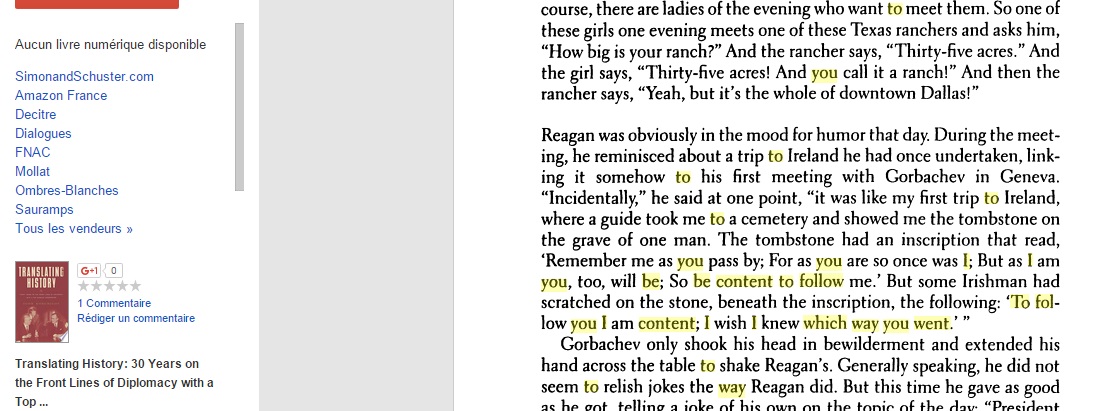Good Boys and other Blaggards
Bucks and nyeucks read books in nooks
Of history, language and culture told
Lewd jokes, vetted new comrades in diviment
For adventures to come original and bold.
From defacing headstones, to pulling pranks
Condemned by clergy from pulpit high
These boys who did not exist were tradition old
The trials of Ireland being the reason why
Societies shadow existed and did not exist
Enforcing unwritten laws and social taboos that stem
Rooted in the sin of pride aimed to prevent sin
Condemned by the clergy that condemned them.
Glossary: Buck - young man Hiberno-English Nyeuck - Sniggerer, prankster. Ulster Scots Nooks - Corner of pub. Oaths and history books and pamphlets were often hidden and read in covered areas, such as corners in pubs so if found could be dropped and all deny it was theirs. An additional stranger would have said to have been seen reading it, who not existing, would never be found. Blaggards - lit. Black Guard Hiberno-English. A guard of slaves, known for being of little character.
Background:

Posted by Lalin Swaris . Added to this by the local “Good Boys” was the dirge lines “To follow you I wont be content / Until I know which way you went”. Its a common graffiti put on the headstones featuring this verse, noted in Australia and America in forms.
Good Boys – a North Leinster / South Ulster version of the Straw Boys or similar, prob originally an oath bound society, but by the early 20th century had descended to being an informal group of pranksters that also enforced social taboos that were breached but were not breaching laws.
Activities such as “clodding” lovers (where the boy or girl would be known for sleeping around as opposed to just being lovers) would involve following the trysting couple, and when they were comfortable, throwing clods of clay or turf or small pebbles until they were disturbed. The couple on being roused would look up, to find the good boys had hidden and / or dispersed.
In two notorious cases, headstones were defaced by dirge poetry, one which we wont repeat as it offends the character of the woman in the grave, but the other we will, it is above. Its noticeable that they themselves were condemned by clergy for their activities who enforced social taboos against the likes of pre martial sex which though sinful to the preaching of the church, was more persecuted by the groups such as this than even by the clergy. It was the sin of pride that that thinking was rooted in.
As a retort its common enough, the verse in its variants was fashionable in the 1600’s – 1700’s among Puritans, and the retort has even been recorded in Australia…
Little known, is that Regan was brought to see the headstone while in Ireland, as recounted here… 